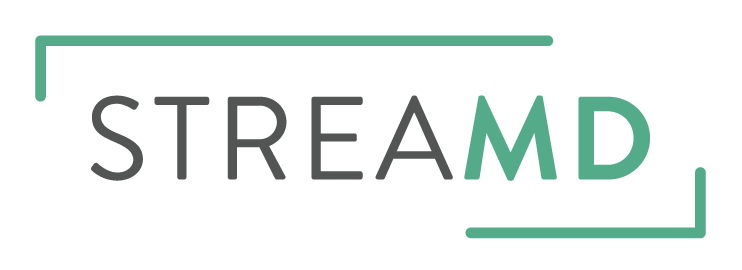Who Should Pay for mHealth?
Today, we continue our series on mHealth!
Over the last couple of posts, we have established the value of mHealth for both the provider and the patient. Although, all parties generally agree that mHealth can be a vital tool for everyone, there is certainly debate as to who should be paying for these services.
Healthcare Systems/Insurance Companies
Healthcare systems are incredibly complex and can vary widely. Whether the system is a single payer, a free market, or multiple (highly regulated) insurers; mHealth faces a fine balance between the overall reimbursement, and the contributions from the consumers/patients, the medical provider, and the health payer. Benefits of mHealth applications that may directly provide financial value and decrease risk in the eyes of a healthcare system and insurance companies include: preventing patients from getting ill or experiencing complications (thus reducing the number of patients/encounters in the system), reducing the cost of delivery, decreasing the number of interactions with the system, and reducing the actual number of system activities overall. mHealth solutions which improve health outcomes has already shown value for money against existing treatment approaches, thus providing tangible value to health systems.
Being able to obtain reimbursement directly from health payers/insurance companies is complicated, as there are tremendous differences between the mHealth application and the market. However, the benefits are well documented as obtaining formal reimbursement status would render the technology widely available. Additionally, achieving reimbursement in one system likely would make it much easier to create a reimbursement model in another system.
Pharmaceutical companies
Pharmaceutical companies may be intrigued by the direct value that mHealth applications can bring to their products. This is especially true in scenarios where the mHealth technology can aid with a diagnosis and provide treatment information, including directing patients to their medications. Pharmaceutical companies already have proven “checks and balances” for patient safety, and could potentially provide the mHealth application as part of their package to attract hospitals and provider teams.
Employers
There is a strong emphasis on employee well-being these days. mHealth applications have provided evidence showing positive changes to individuals’ health behavior; thereby potentially reducing the number of days they would miss due to illness and other medical related issues. If the mHealth application could show a reduction in business costs, this could become a no-brainer; and potentially attract new competitive applicants.
Physician/Practice
This is similar to the employer group. This is also the most common payer of mHealth applications. The physician/practice experience diverse benefits from mHealth, including: improved patient engagement, clinical outcomes, office time efficiency, patient satisfaction, and many others (detailed in various studies over the past few years). The cost savings and value-added provided by the mHealth application have been shown to outweigh the cost of such services.
Patients
This proves to be the most difficult group to discuss. This also is a group that we can place ourselves in and ask … “would I be willing to pay for this technology”? Patients are the direct recipient of the mHealth applications as well as the ones that potentially stand to gain the most (since it is their health). But, would the boom of mHealth technology be as rampant if patients were asked to pay out of pocket for this? More to come in future blogs….
Conclusion
As the mHealth sector continues to rapidly expand, payment models to distribute this technology will also grow. Although, the physician and/or medical practice most often are the payers in the current model, many other avenues of payment structures are being unveiled with potential for greater cost savings and wider distribution of the mHealth products

